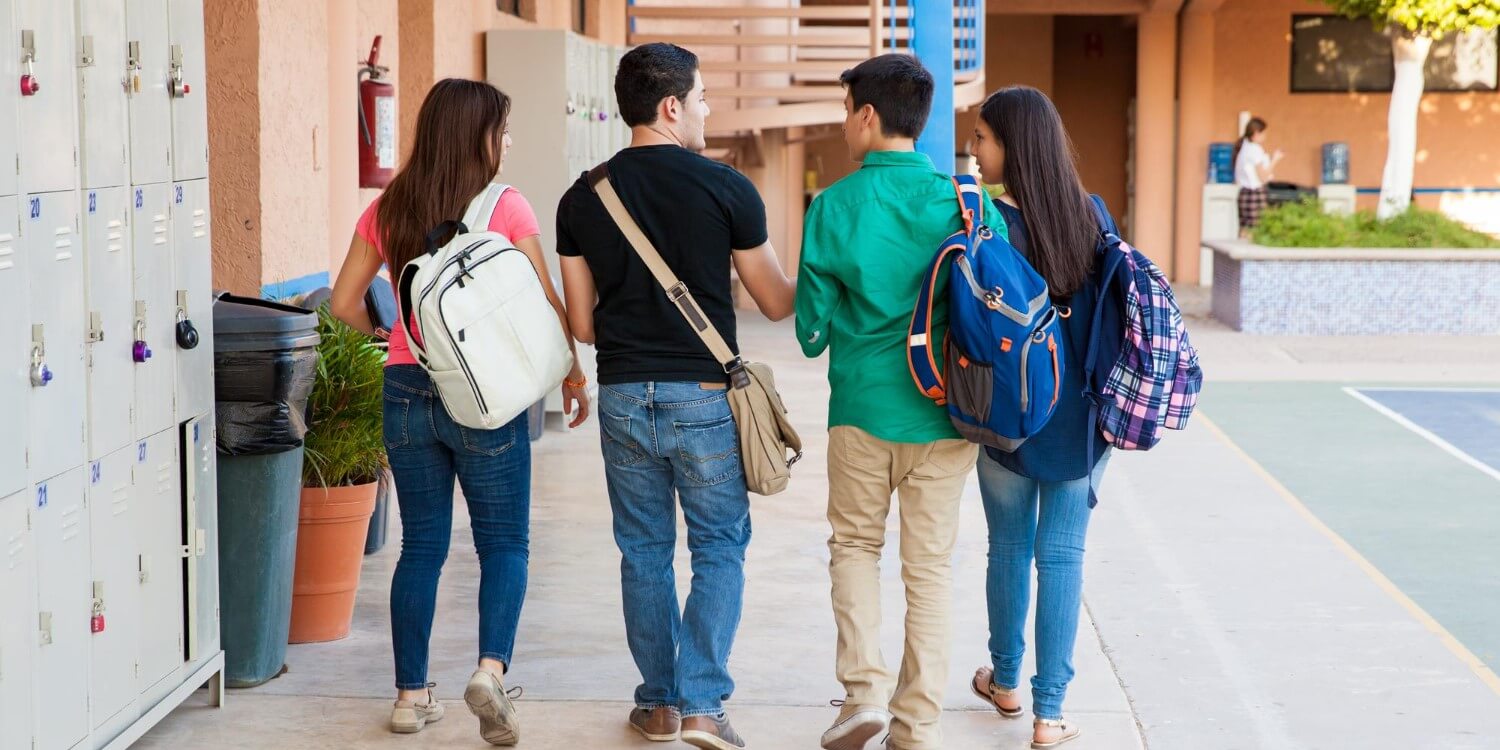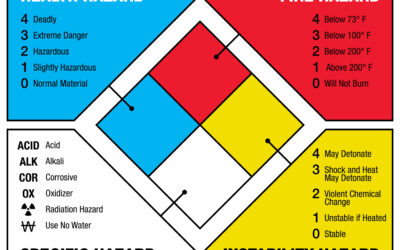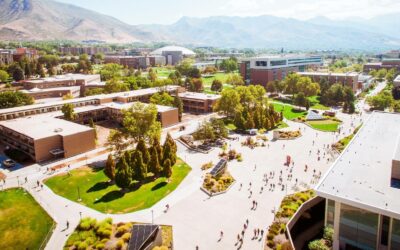What is Reverse Evacuation?
To put it simply, reverse evacuation plans are put in place for situations when it is safer inside the building than outside of it. Reverse evacuation aims to move all students and staff who are outside of the building into a designated area, indoors, in a safe and efficient manner. It is often implemented in coordination with a lockdown or shelter in place plan. Severe weather and active shooter situations are common uses of a reverse evacuation plan.
Why Would You Use Reverse Evacution?
You may be asking yourself “why would I ever want to move back inside the building during an emergency?”
Let’s say the principal at your building just got a call from the superintendent that there is a potential active shooter situation on campus. The school then moves into lockdown. Students and staff begin to move into their assigned lockdown areas, close the blinds, lock the doors, etc. But there are a small number of students outside at recess while all of this is happening.
- How will they be notified of the situation if they aren’t inside the building?
- What door do they enter through?
- What is “Plan B” if they are unable to reach their designated lockdown area?
- What is the quickest, safest route?
These are all things that need to be thought through and communicated for the safety of your students and staff.
Reverse Evacuation Tips
Here are a few tips from campus safety experts around the globe when creating your reverse evacuation plan. These tips come from Michael Dorn. He is the Executive Director of Safe Havens International and has nearly 40 years of campus safety experience. He has many articles on best lockdown practices that are linked below.
Consider Avoiding “COde Words”
Assigning code words to specific instructions could be consequential.
According to Dorn, even if your code words seem to work flawlessly in drill situations, time and time again, we see them fail in real-time emergencies. If it’s something that can be conveyed through plain-speak, such as “follow reverse evacuation routes from our drills, lock the doors, block the windows and get out of plain sight” rather than “code red lockdown,” the former is often the most effective way to communicate.
Have Two Lockdown Procedures in Place
Have one lockdown procedure that allows teaching and classwork to continue, and another for more serious and immanent danger. The former will often suffice, and is used far more than the latter. But it’s important to be prepared for both.
Plan for Lockdowns with a Large Number of Visitors
School buildings often host more than just students and staff. Be planned to lockdown during extra-curricular events and other situations where visitors are on campus.
Plan for Lockdowns with a Large Number of Visitors
School buildings often host more than just students and staff. Have a lockdown plan in place for extra-curricular events and other situations where visitors are on campus.
Partnering with Building Maps
The illustration team at Building Maps is trained in OSHA, ICC and NFPA standards and code. We create and maintain safety maps for organizations, businesses and schools across the U.S. From fire evacuation and severe weather sheltering to security and campus mapping, we’ve got you covered.
Contact us today for a quick and free quote.
More Info
Back to Lockdown Basics – Michael Dorn, 2007 (Campus Safety)
Why Schools Need 2 Types of Lockdowns – Michael Dorn, 2012 (Campus Safety)





